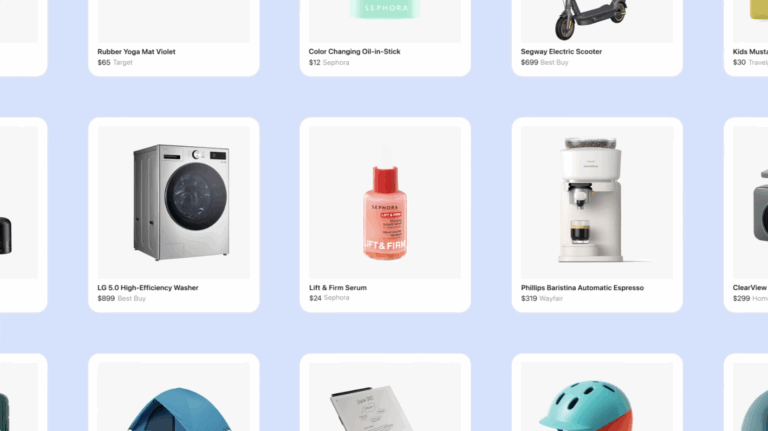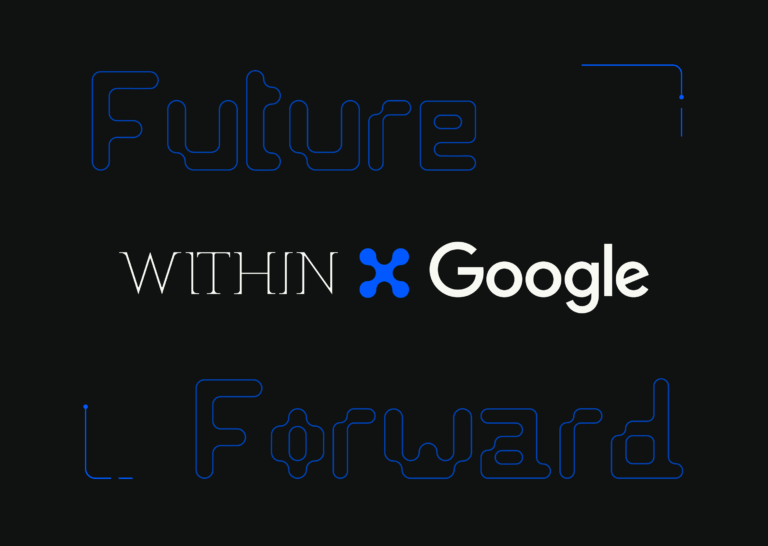ChatGPT's Instant Checkout: What Brands Need to Know
ChatGPT's Instant Checkout: What Brands Need to Know
Dec 22, 2025


















Big goals need big ideas. Whether you need creative direction or a full-scale media strategy, we’re here to make it happen.
No fluff or filler — just the latest insights, platform updates, and strategies you need to stay competitive.